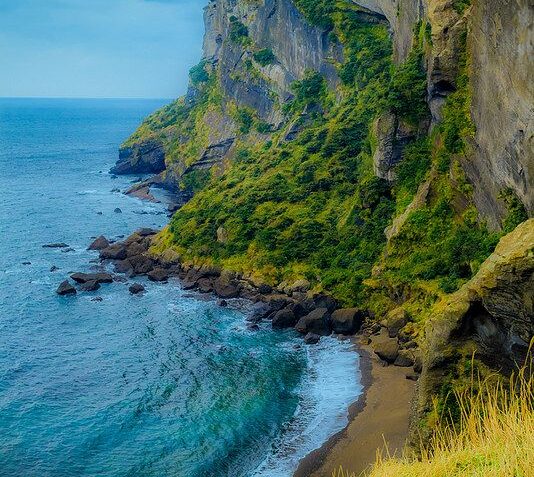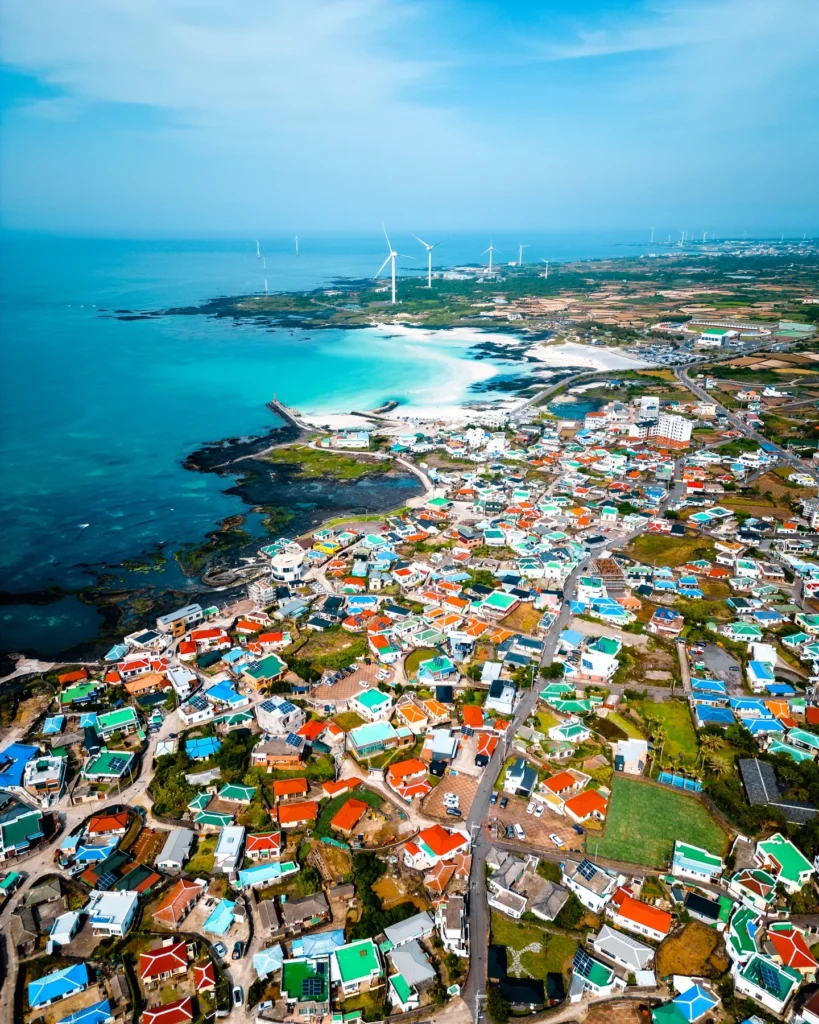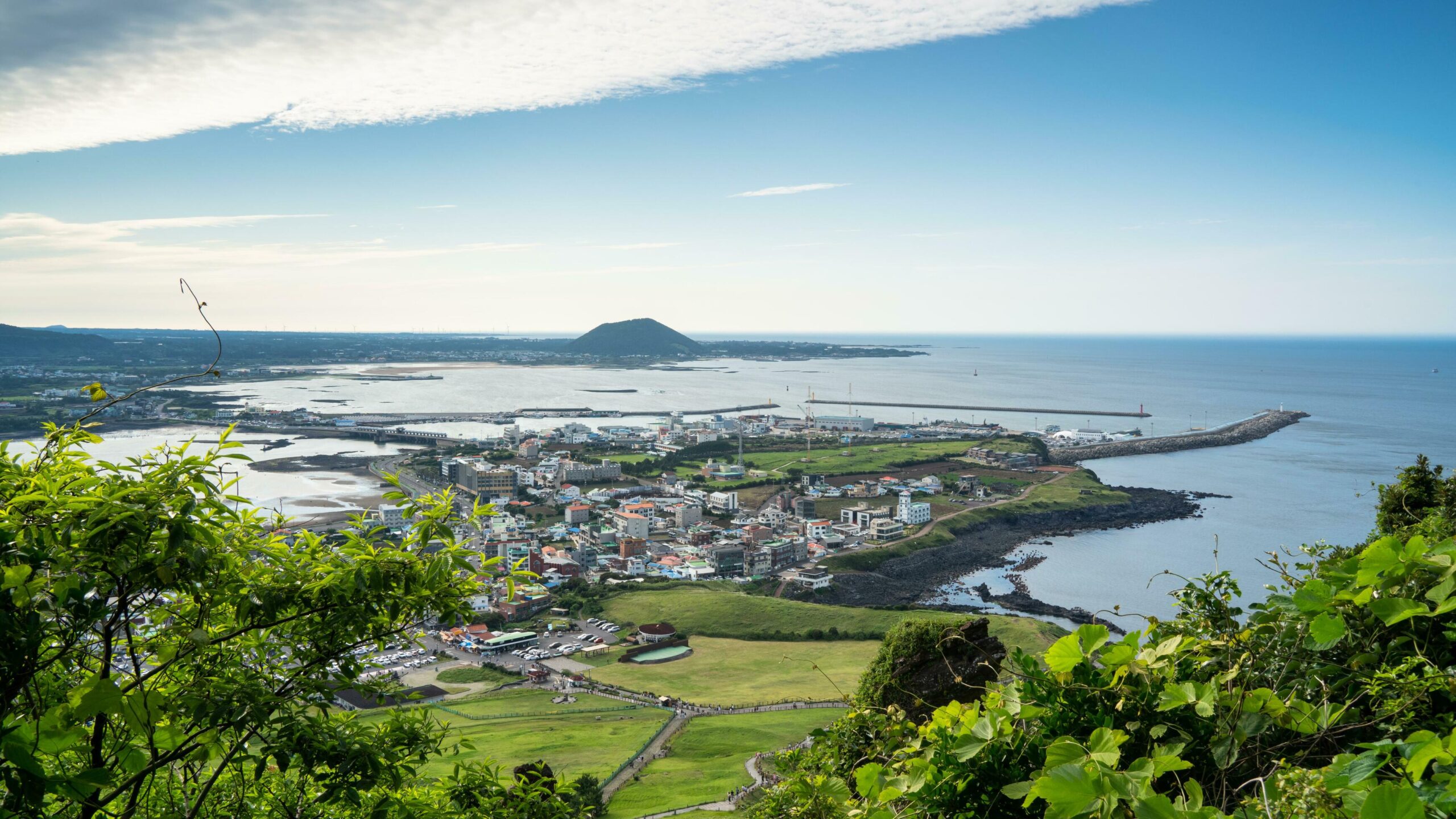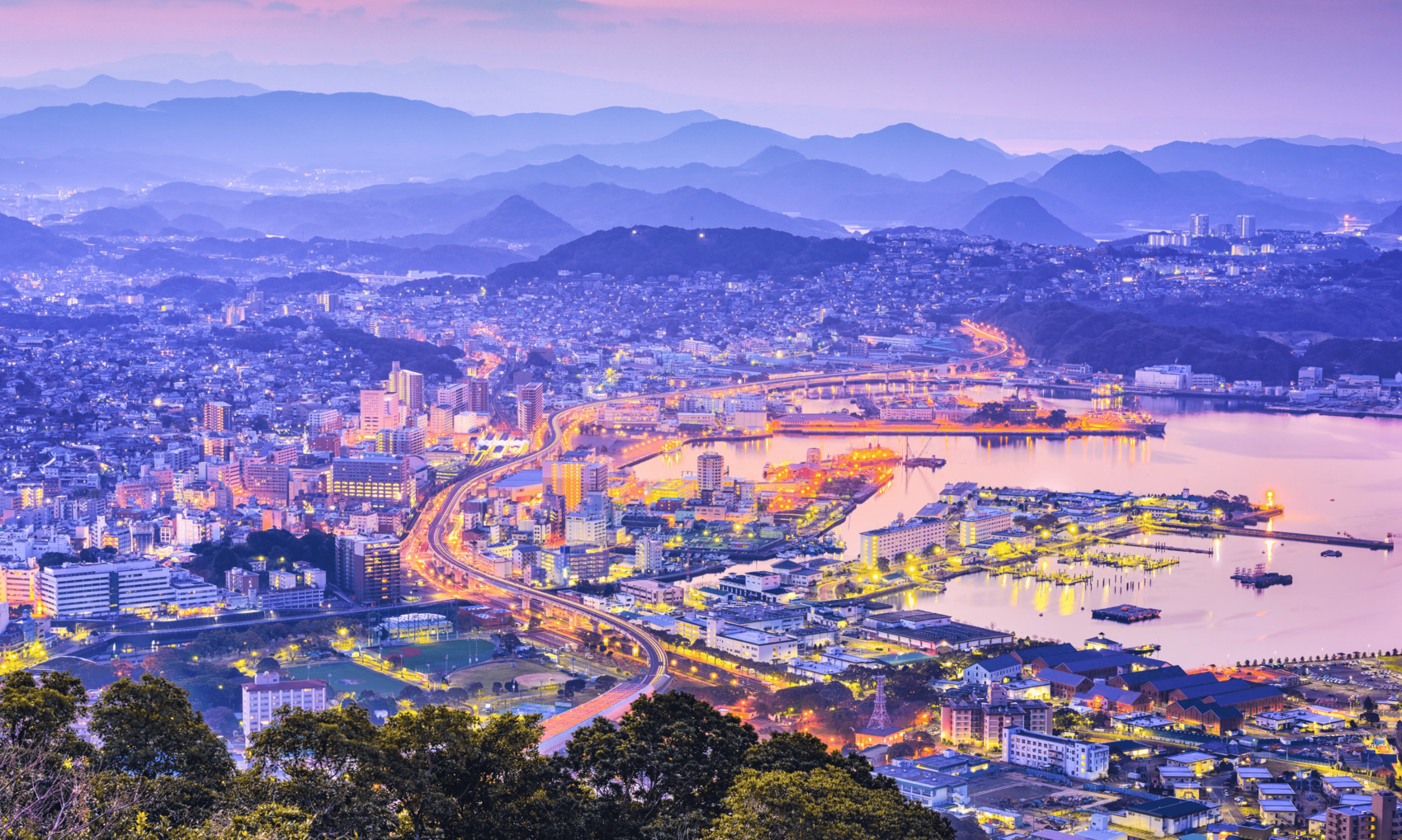Day 3 of My Journey: Jeju Island, South Korea
My epic holiday began in South Korea, where I spent two nights before boarding Norwegian Spirit for an 11-night cruise to Japan. Our first port of call: Jeju Island, South Korea’s largest island and a UNESCO World Heritage site known for its volcanic landscapes, lava tubes, and subtropical charm.
Rather than booking a guided tour, we decided to explore independently, soaking in the local culture at our own pace.
About Jeju Island
Located off South Korea’s southern coast, Jeju Island is a paradise for nature lovers and history enthusiasts alike. Cruise ships typically dock at either Jeju City (the northern port) or Seogwipo (the southern port). Since our ship docked in Jeju City, we had plenty of options for exploring right from the terminal.
Independent travelers will find the island easy to navigate, with taxis, rental cars, and even a Hop-On Hop-Off (HOHO) bus service available. However, it’s essential to double-check with your cruise line to confirm the docking port, especially if you’re arranging third-party tours.

Getting Started at the Port
The area outside Jeju cruise terminal buzzed with activity. Taxis lined up, private companies offered full-day tours, and the Hop-On Hop-Off bus had a stop nearby. After reviewing the HOHO bus options, we chose a more flexible option—Uber—and set off for our first stop: the Dongmun Traditional Market.
-
Dongmun Traditional Market (동문재래시장)
This bustling market, once Jeju’s primary commercial hub, is a must-visit for food lovers. It’s famous for its fresh seafood, including unique local dishes like raw cutlassfish and tteokgalbi with abalone. The market also offers fruits, grains, and handicrafts, making it a vibrant spot to experience Jeju’s culture and cuisine.t dolore magna
-
Jeju-mok Government Office (제주목관아)
Stepping into Jeju’s history, we explored this restored complex, which served as the island’s administrative and cultural center during the Joseon period. The site has been carefully reconstructed, offering a glimpse into Jeju’s rich past.
-
Jeju Jungang Underground Shopping Center (제주 중앙지하상가)
This modern underground shopping arcade was a pleasant surprise. Recently renovated, it houses over 280 stores selling everything from clothing to accessories. There’s also a variety of restaurants and lounges, making it the perfect spot to recharge before heading back to the ship.
Practical Tips for Visiting Jeju
• Seasonal Highlights: Visit in spring for cherry blossoms or autumn for vibrant foliage. Jeju’s mild climate makes it a year-round destination.
• Currency: South Korea uses the Korean Won (KRW). While credit cards are widely accepted, having cash for small vendors is helpful.
• Language: Korean is the primary language, but many tourist areas offer English signage, and guides often speak English. • Transportation: From the port, taxis, Uber, and HOHO buses provide convenient ways to explore.

Final Thoughts
Jeju Island is a perfect cruise stop for both guided and self-guided adventures. Its blend of natural beauty, historical sites, and modern attractions ensures there’s something for everyone. For us, exploring independently added an extra layer of excitement, allowing us to immerse ourselves in the local culture.
Have questions or tips about Jeju Island? Share them in the comments below!


